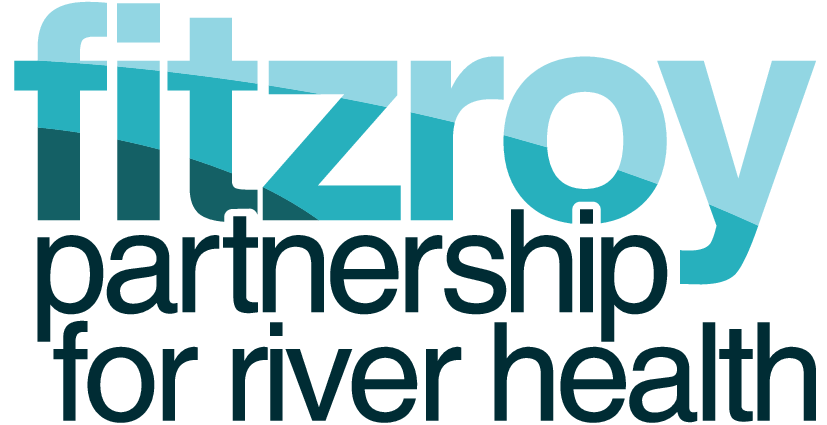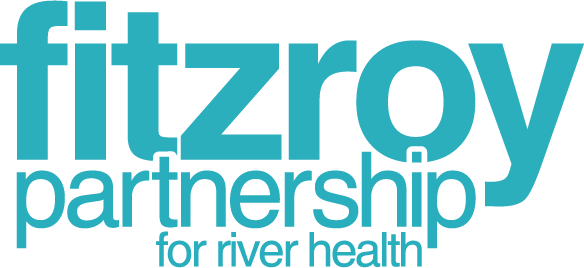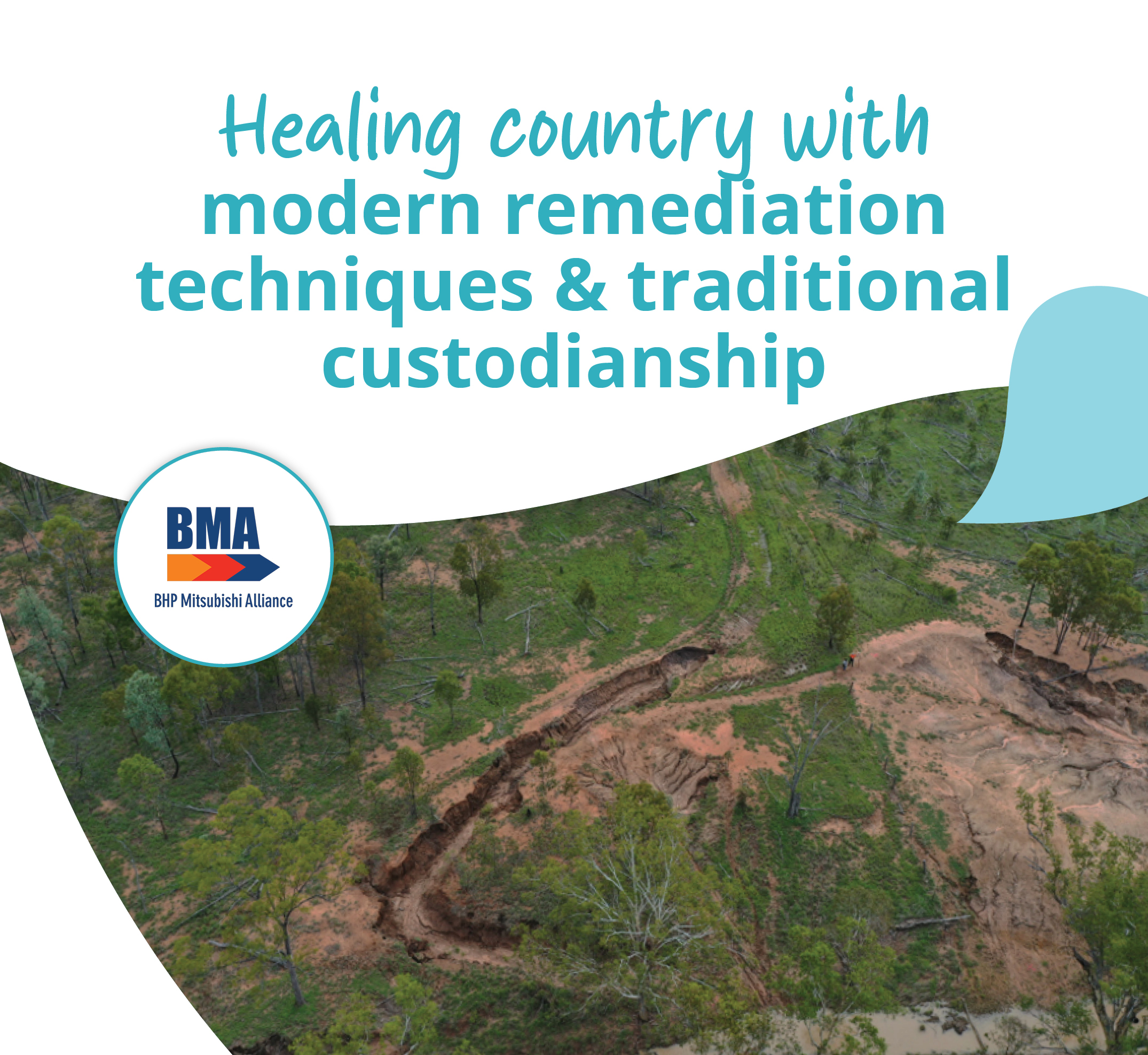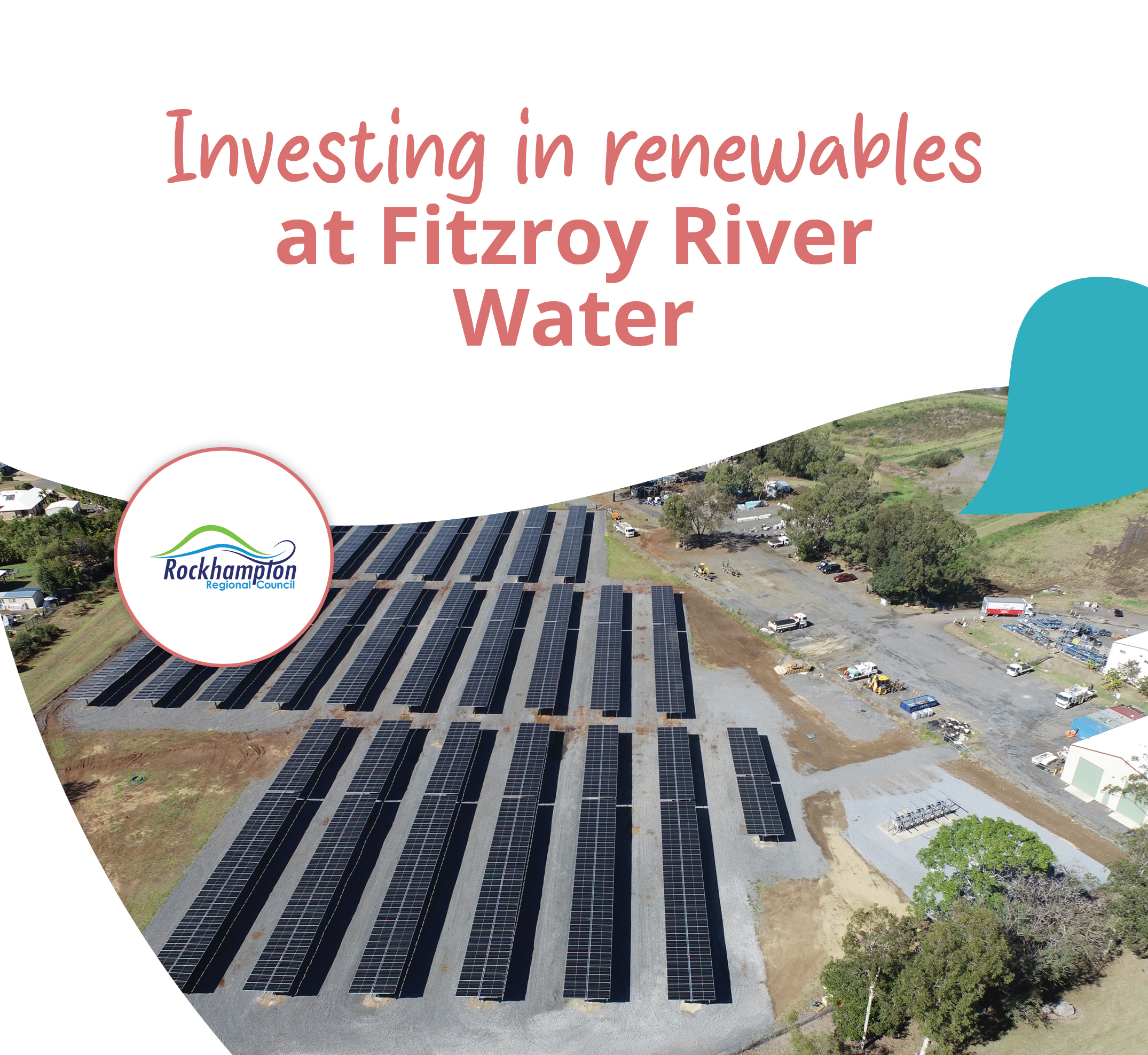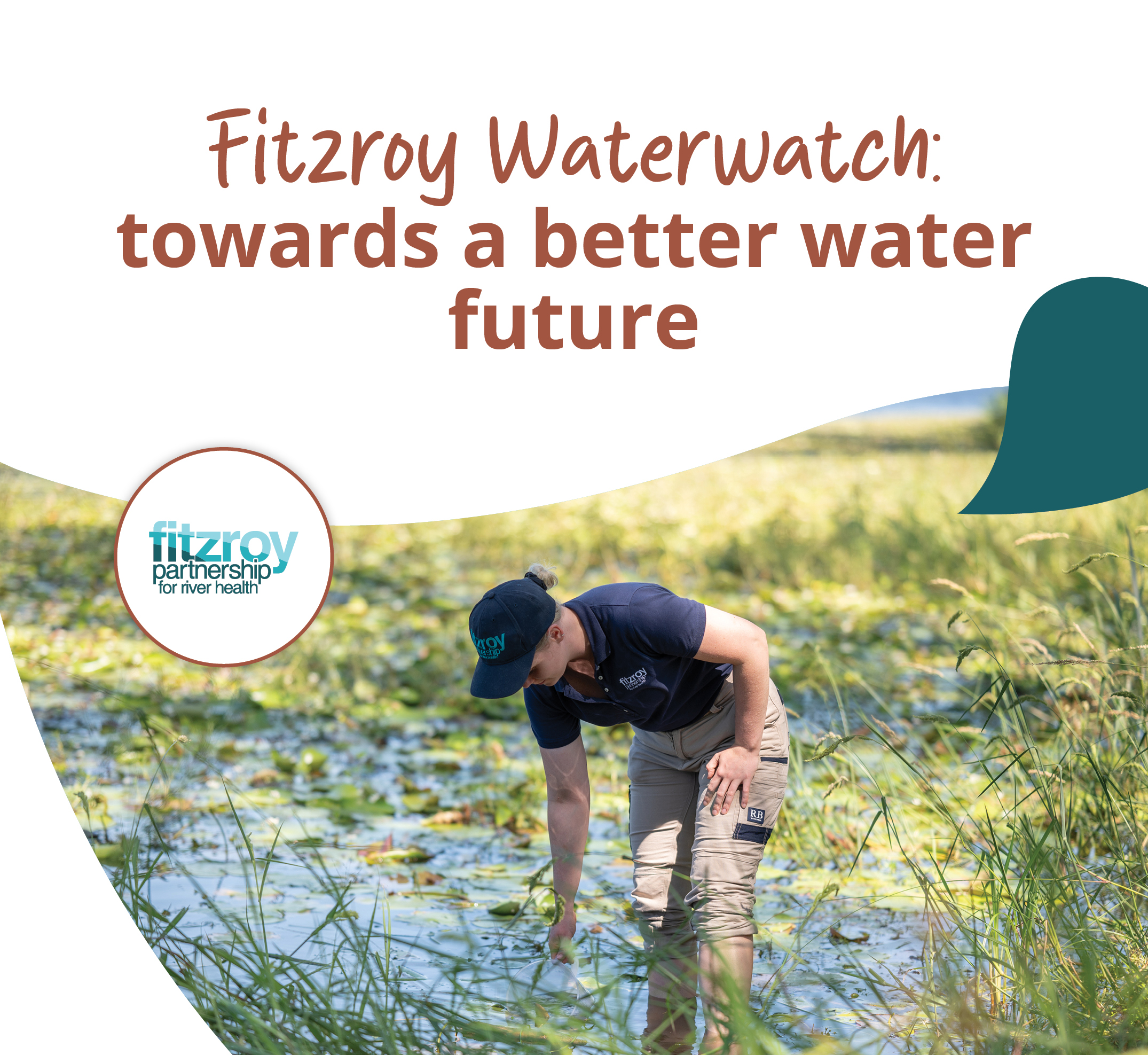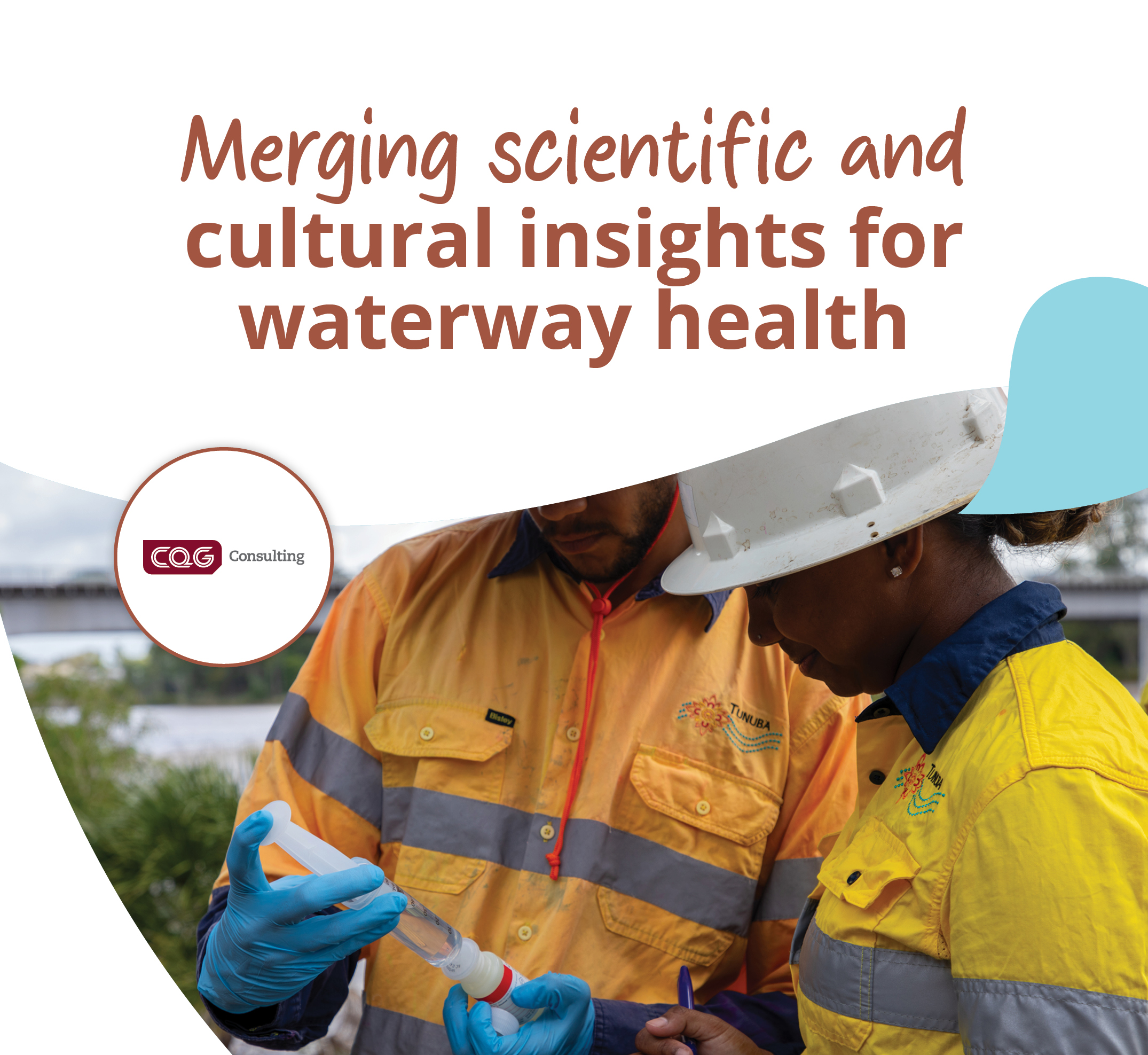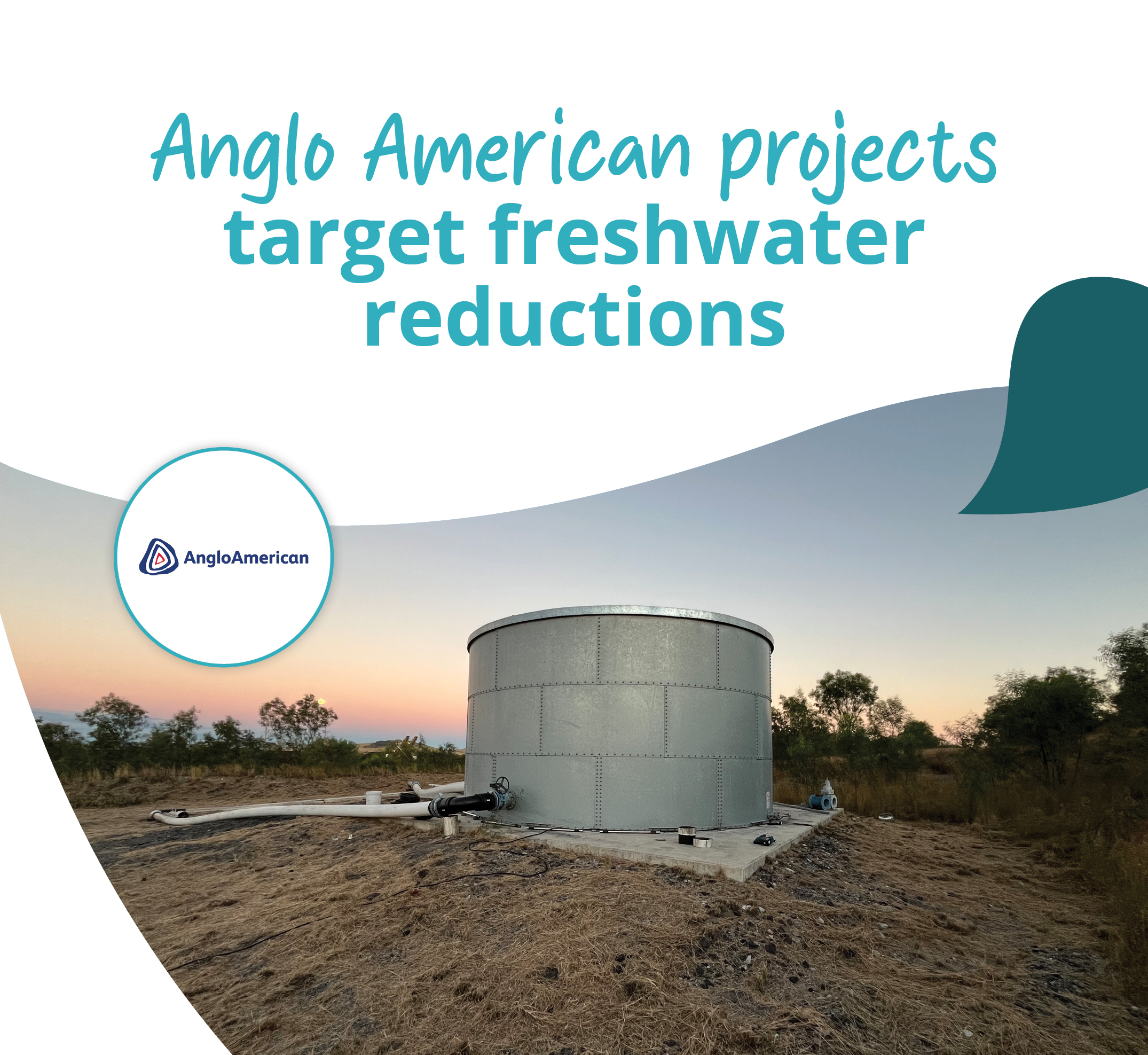NEWS / BLOG
Sed interdum massa lacus, a porttitor risus gravida sed. Nulla ultricies ex non sagittis vulputate. Integer fringilla convallis risus, id semper est interdum non.
LATEST ARTICLES
Quisque molestie tristique nisi et luctus. Proin eget velit quis lorem euismod pulvinar. Phasellus lobortis tellus dignissim metus varius volutpat. Integer a lacus mauris.
BMA: Healing Country with modern gully remediation techniques and traditional custodianship
BMA: Healing Country with modern gully remediation techniques and traditional custodianship On Gaangalu Country near the small community of Woorabinda, Greening Australia and BHP Mitsubishi Alliance (BMA) worked with Traditional Owners, the Woorabinda Rangers and the community throughout 2022 to rebuild and stabilise an eroding gully in Lily Creek. Every year, millions of tonnes of fine sediment flow from eroding land onto the Great Barrier Reef, choking fish, seagrass and coral, and reducing the Reef’s ability to recover from the impacts of climate change. Eroding creeks and gullies can also have a negative impact inland, reducing habitat for native animals and culturally important species, worsening the overall health of Country, and undermining infrastructure such as roads and tracks. Repairing Lily Creek was identified by the Woorabinda Project Reference Group and the Woorabinda Shire Council as a priority activity for the Queensland Indigenous Land and Conservation Project (QILCP). QILCP is an innovative five-year collaboration between Traditional Owners and First Nations Communities, Greening Australia and BMA. The Lily Creek project included a Cultural Heritage survey of the site delivered by Gaangalu Traditional Owners; hydrological [...]
Rockhampton Regional Council: Investing in renewables and continuous improvement at Fitzroy River Water
Rockhampton Regional Council: Investing in renewables and continuous improvement at Fitzroy River Water Rockhampton Regional Council’s Sustainability Strategy (Towards 2030) recognises the need to create a sustainable future for the Rockhampton Region and to strengthen our community, environmental and economic resilience. As we move towards 2030, Council is working together with our residents, communities, businesses, industries and other levels of government to lead a variety of strategic actions via four pathways. The Strategy focuses on the need to prioritise a healthy natural environment, transition towards net zero emissions, create a climate resilient region and build a low-carbon circular economy. Council is nearing completion of a major renewables project that will help to accelerate Council’s transition towards net zero emissions, whilst reducing reliance on the electricity grid. The installation of a 1,375 kW solar system at Council’s largest energy consuming site, Glenmore Water Treatment Plant (GWTP), is expected to reduce grid energy usage by around 2,500,000 kWh per annum and save up to 2,200 tCO2e per year. This initiative is a key action outlined in Council’s Corporate Emissions Reduction Plan and emissions reduction [...]
Fitzroy Partnership for River Health: Fitzroy Waterwatch – Part of the solution to a better water future
Fitzroy Partnership for River Health: Fitzroy Waterwatch - Part of the solution to a better water future Waterwatch is a network of citizen scientists monitoring waterways in the Fitzroy Basin. Fitzroy Partnership for River Health reinvigorated the Fitzroy Waterwatch program this year as an initiative to help us monitor and sustainably manage our most precious natural asset – fresh water. We’re part of a nation-wide effort to understand and care for waterway ecosystems. Waterwatch programs support communities to monitor the health of waterways, learn through hands on environmental experience, and to participate in natural resource management. Being a citizen scientist allows individuals to actively contribute to the advancement of knowledge as well as practice stewardship over their local waterways. Fitzroy Waterwatch is made up of individuals, community groups, and school groups who monitor the chemistry, biology and ecology of their local waterways. Using a new and improved online platform it is easy and accessible to record and use the information they collect. Making the data accessible and transparent for citizen scientists and the community is an important aspect of the Fitzroy Waterwatch [...]
CQG Consulting: Merging scientific and cultural insights for waterway health
CQG Consulting: Merging scientific and cultural insights for waterway health Monitoring waterways and ecological health of the Fitzroy Basin is an important task and a key focus for the Partnership. A local team of scientists from one of FPRH founding members, CQG Consulting has been conducting water quality testing, delivering environmental monitoring programs and ecological surveys across the catchment for over 20 years. In 2019, the CQG team formed Tunuba, a company with the Darumbal People to collaboratively deliver a comprehensive approach for clients, through a merging of scientific skills underpinned by tens of thousands of years of cultural knowledge. As part of this collaboration and a two-way knowledge sharing, CQG’s scientists have been training Tunuba Rangers to undertake water quality monitoring, treat weeds and to capture and protect fauna. CQG’s Founder and Director, Patrice Brown said scientists can learn a lot about natural environments and the relationships between waters and land by working with Traditional Owners and listening to the stories told by the elders. Our scientists have an enormous respect for First Nations People and are fortunate to regularly learn [...]
Anglo American: projects target freshwater reductions
Anglo American: projects target freshwater reductions Two Anglo American sustainability projects are returning 2,200 million litres of freshwater a year to the Fitzroy Basin for the benefit of the community and environment. Anglo American embarked on a plan to reduce its water footprint globally, setting ambitious targets to increase re-use and recycling of water to 85% of total use and cut its freshwater use by 50% by 2030. Playing its part in this global plan, Anglo American’s five steelmaking coal operations in Central Queensland, both underground and open cut mines, have invested in a series of major projects that aim to deliver on these targets. A reverse osmosis plant (ROP) has been commissioned for the Capcoal operations at Middlemount to replace freshwater imports with recycled mine water, saving 1,200 million litres per year of freshwater. In May 2024, a new mine water supply control system on the Dawson River, which supplies freshwater to the Dawson Mine and the community around Moura, will act to reduce freshwater imports into the Dawson Mine itself by 90%, saving up to 1,000 million litres per year. [...]
QUALITY GUARANTEE
Sed venenatis urna sit amet vulputate lobortis. Nullam dolor sem, varius eu luctus vitae, mattis id dolor. Proin ultricies feugiat ipsum. Quisque lobortis risus sapien, quis pulvinar turpis placerat ut. Vivamus eu egestas est, commodo ultricies turpis. Donec a consequat nisi, non pellentesque risus. Fusce lacinia sem a mollis tempus. Etiam in sapien non odio ornare iaculis vel vel enim. Sed velit urna, pharetra non quam nec, consequat hendrerit ex. Phasellus ac rutrum diam.
OFFICE LINE
1.800.555.6789
EMERGENCY
1.800.555.0000
WORKING HOURS
9:00am – 6:00pm
OFFICE LINE
1.800.555.6789
EMERGENCY
1.800.555.0000
WORKING HOURS

